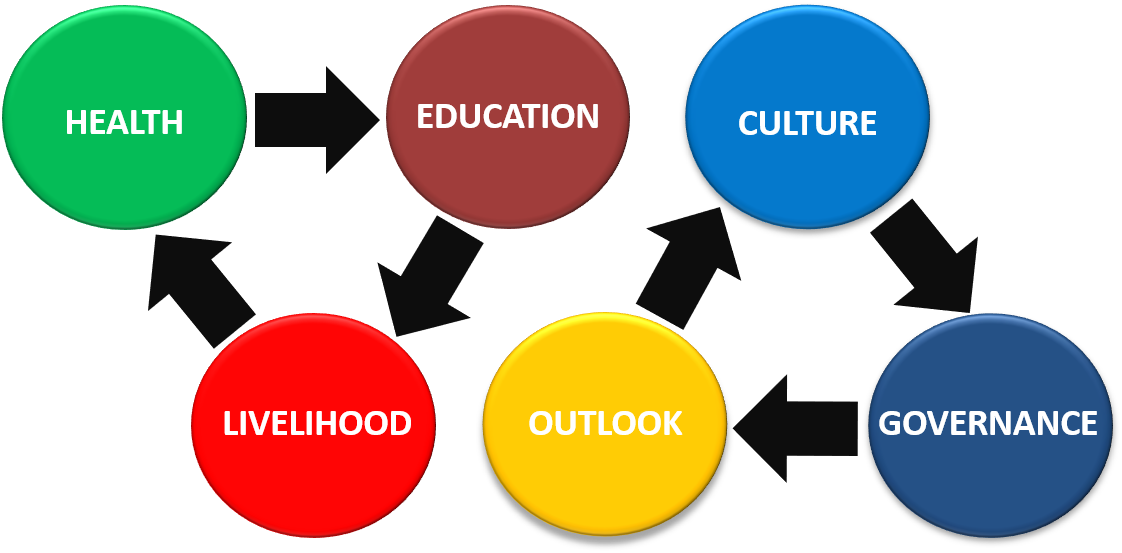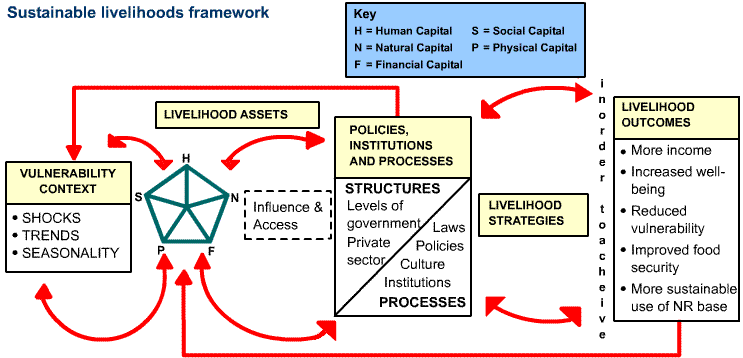Reflections on community development experiences
Sustainability | 1 September 2023

This story comes from my early days in Ghana. At the time we were in the pre-final investment decision phase and not having in-house community development skills we chose to work with a local development NGO. We also made the decision to put a strong focus on debunking community misconceptions that the company was the centre of their universe, that we had unlimited access to money and that we had all the answers. We had a very self-centred reason for taking this approach, believing as we did that success for the business was intimately linked to the ability of the local communities to develop and grow and that success would only come if we worked with local people and local government to identify and implement ideas and actions that would ensure that they would both be better off as a result of us operating in their backyard.
To give an idea of our approach, not long after arriving one of local communities asked us to build three classrooms for them. We did the sums and worked out would cost about $100,000 by the time we complied with all our internal health and safety and procurement rules. This was $100,000 we didn’t have. Adding to this "doing for" rather than "working with" didn't sit well with how we wanted to work. In the meantime, another village used a small cash donation we made to their annual harvest festival fund-raising as their contribution to an NGO-run school building program and turned $1,000 into a three classroom primary school, which they built in only 100 days. After seeing this community-driven success we increased our efforts to bring all the local communities together for some peer-to-peer learning – clearly they knew something we didn’t. One takeaway for me from this experience was the realisation that the local communities could be extremely resourceful and creative. While this may not be a surprise for anyone with an international development background but it was a bit of an ‘ah ha’ moment for me.
On another level, farming was the basis of most livelihoods (something it shared with many rural areas across Africa) so we thought it made a lot of sense to put a strong focus on “growing farmers", helping people get better at what they already did rather than trying to turn farmers into business people. Through our NGO partner we developed a cadre of model farmers (peer educators) who could tell their own stories of the benefits of improved cropping and animal husbandry practices. We also worked with the government agricultural extension officers to understand what resources they needed to do their job rather than taking it over. And we supported the annual National Farmers Day celebrations – tying into a government run event which showcased the national and local pride in agricultural excellence. A linkedup approach if you like – grassroots to government. This approach also built on the strengths of our NGO partner and it has to be said we were fortunate that the manager of the NGO was himself a well-respected farmer.
A third area which also received quite a bit of effort from us was the local governance aspect, working with the NGO partner and a quasi-government agency to provide basic training such as how to participate in a committee meeting, responsibilities of local government / community representatives and the role of local government in district development. Something we discovered at the same time was that our own team had very little idea how these processes worked so we put them through the same training, alongside the community members. This provided another shared learning opportunity and also demonstrated that we did not see ourselves as being better or smarter than other members of the community.
The final area we worked on was building a positive community outlook – trying to encourage a glass half full / grasp the opportunity attitude. It came as an of evolution in our thinking, particularly in the areas of livelihood replacement, mitigation vs benefit and social investment linkages to the project life cycle, using formal and informal workshops and brainstorming sessions and the sustainable livelihood framework as a tool to help identify priority human life improvements; and, most importantly, to create the mechanisms and processes that would assure effective implementation of high impact and sustainable interventions.

We held multiple workshops for key stakeholders over a three or four month period, including community members (represented by the Community Consultative Committee); local government leaders and public service officials (represented by the District Assembly); and company staff. Our NGO implementation partner for community development activities was represented on all the workshops held with the various focus groups. The workshops were facilitated by a development specialist from one of the national universities.
The broad objectives of the workshop series were to develop common understanding and appreciation of some development concepts among local stakeholders; to brainstorm on how, by working together, we could plan and implement community development in a sustainable manner and to share ideas on how working together could improve outcomes. The workshops introduced the concept of sustainable livelihood and created an understanding that achieving sustainable community development required a commitment to information sharing, on-going dialogue, effective partnerships and more time and that for all three partners (company, community, government), an appreciation and acceptance of the process and the time it would take to see results. Participants came to appreciate that working together provides an opportunity to improve their own communities and lives by pushing the boundaries of the five sustainable livelihood capital assets:
- Human Capital (skills, knowledge & information, ability to work, health)
- Natural Capital ( land, water, wildlife, biodiversity, environment)
- Financial Capital (savings, credit, remittances, pensions, financial services)
- Physical Capital (transport, shelter, water, energy, roads, housing) and
- Social Capital (networks, groups, leadership, trust, access to institutions).
At the end of the day, the ultimate aim of our sustainable development efforts was to expand opportunities and to position affected local communities to see opportunities and develop the skills to make the best out of them, whether through employment and paid incomes or through increased wellbeing including good health, reduced vulnerability, improved food security and more sustainable use of the local natural resource base.
Post a Comment